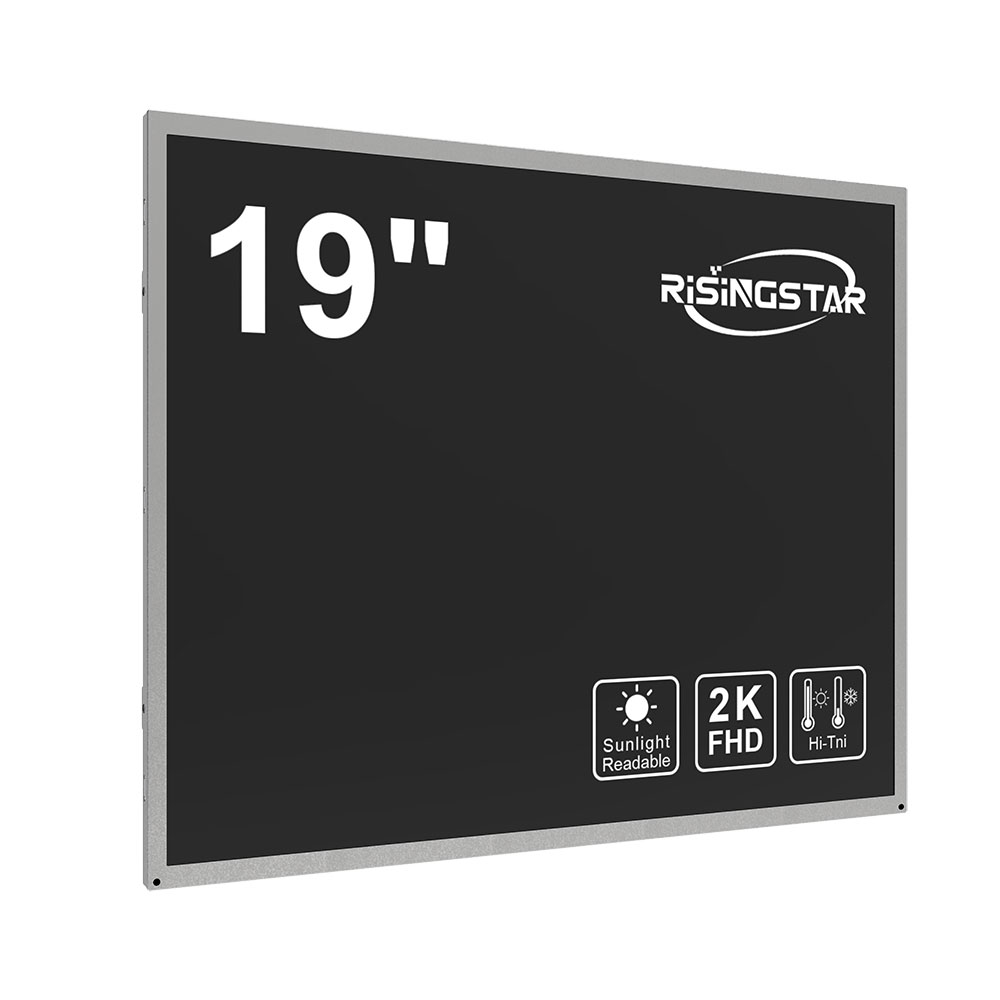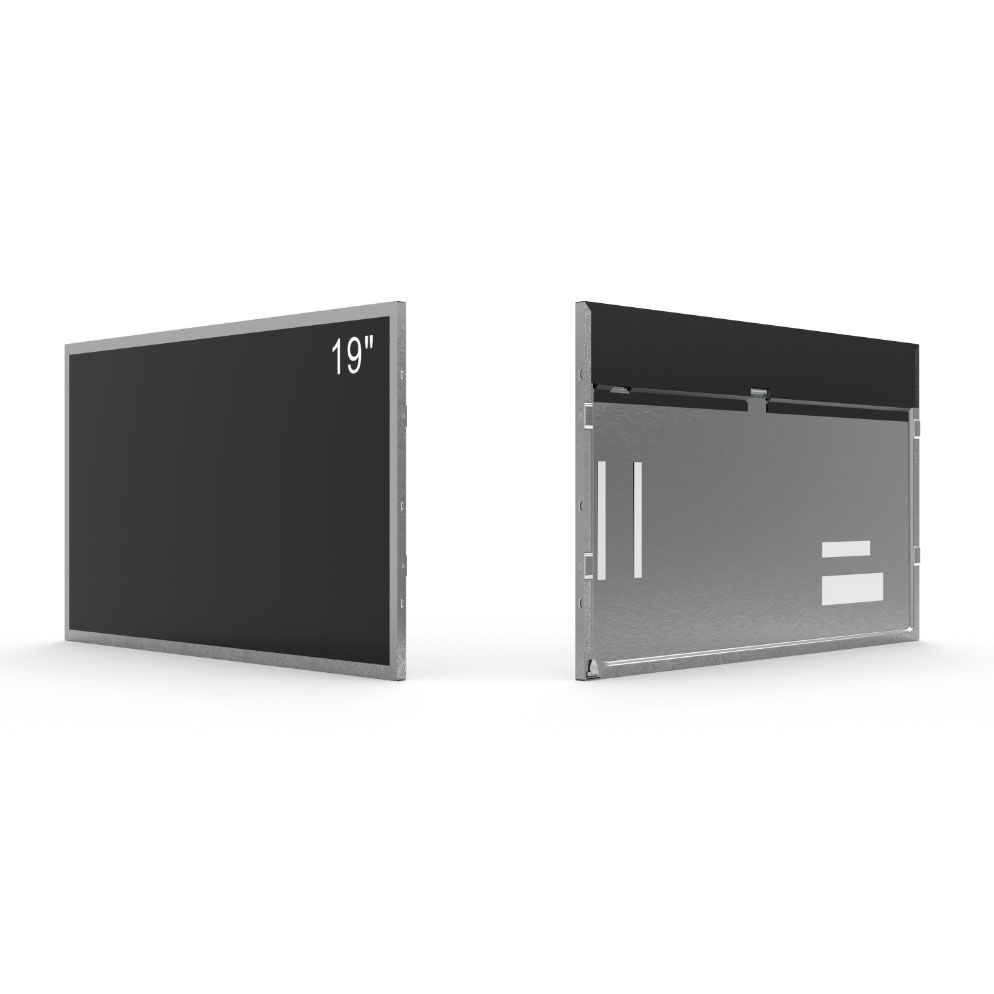When selecting an outdoor LCD screen for commercial or public use, it's essential to consider several technical and environmental factors that directly impact performance, longevity, and return on investment. Unlike indoor displays, outdoor screens must endure extreme weather conditions such as high temperatures, humidity, UV exposure, and even physical impacts like wind-blown debris or vandalism.
First, evaluate brightness levels. Industry standards—such as those from the Society of Motion Picture and Television Engineers (SMPTE)—recommend a minimum of 5,000 nits for daytime visibility in direct sunlight. However, for optimal clarity in harsh environments (e.g., urban billboards or airport terminals), we often recommend 7,000–10,000 nits. This ensures content remains legible under any lighting condition without compromising energy efficiency.
Next, assess the display’s IP rating. For outdoor installations, an IP65 or higher is mandatory to prevent dust ingress and water spray damage. In coastal or industrial zones, consider IP68 for full dust and submersion resistance. A case study from a UK-based retail chain showed that using IP65-rated panels reduced maintenance costs by 42% over three years compared to lower-rated alternatives.

Environmental durability also involves thermal management. High-temperature operation (above 50°C) can degrade LED backlights and circuitry. Advanced outdoor LCDs incorporate passive cooling systems and heat-dissipating aluminum frames to maintain stable internal temperatures—a critical factor for continuous 24/7 operation.
Additionally, choose between LED-backlit and OLED technologies based on your application. While OLED offers superior contrast ratios, its shorter lifespan under constant outdoor exposure makes LED more suitable for long-term deployments. For example, a 2023 report from Display Supply Chain Consultants (DSCC) found that LED-based outdoor screens had a 60% longer average operational life than OLED equivalents in similar environments.

Finally, ensure compatibility with remote management software and weatherproof enclosures. Modern solutions integrate with cloud-based platforms like BrightSign or Xibo, enabling real-time content updates, diagnostics, and energy monitoring—key features for reducing downtime and optimizing ROI.

In summary, selecting the right outdoor LCD requires balancing brightness, environmental resilience, thermal stability, and smart connectivity—not just raw specs. With proper planning and expert guidance, businesses can deploy reliable, cost-effective digital signage that delivers consistent messaging year-round.







